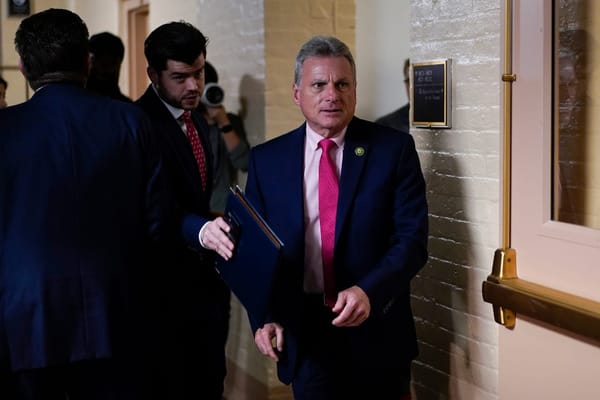Frank Gornick: Valley Leaders Join State to Bring Ubiquitous Broadband to the San Joaquin Valley
Bringing internet capability to communities throughout the San Joaquin Valley is the focus of a new effort.
Broadband Breakfast

As the pandemic begins to recede, it leaves behind warnings of weak links in our overall health as a functioning society. The signs are everywhere: health care, water, infrastructure, education, supply chains and equitable access to technology and opportunity.
Under the guidance of the San Joaquin Regional Broadband Consortium, and with support from the California Emerging Technology Fund, our goal is to bring ubiquitous broadband to the eight counties that compromise the San Joaquin Valley, among the most underserved regions of the state and underestimated in ability to lead and drive change.
And we will do it within a year — a bold but doable achievement.
As a start, we are announcing a new partnership, #SanJoaquinValleyNetwork, which will seek the necessary resources to deliver a world class internet to enhance the economic and human conditions because our leaders want no less for our citizens.
To be clear, this is a significant undertaking with many moving parts. Therefore, understanding the players and the territory is essential.
Understanding the infrastructure landscape is critical
It begins by identifying what internet infrastructure currently exists and assessing the internet’s capacity in the eight counties. Where is it robust and, where is it lacking.
Why this year? There is political will and the funds to do it.
In July, the governor signed SB 156, which authorizes the state to work with counties, internet service providers, school districts, hospitals, libraries, businesses, manufacturers, farmers and municipalities. The goal is to develop a statewide open-access, middle-mile broadband network, including creating rural exchange points with last-mile access to homes, businesses and essential services.
The good news is that we are building upon the existing network, not starting over. Therefore, these expenditures will be much more efficient and effective.
In addition to the clearly stated intent of the legislation, state leaders have provided $6 billion for implementation.
Continuing into November, the San Joaquin Valley counties will be organizing and planning under the auspices of SJVRBC to obtain the maximum amount of financial assistance to implement the goals of #SanJoaquinValleyNetwork.
Applying for federal grant dollars in San Joaquin Valley
As this effort gets underway, #SanJoaquinValleyNetwork will begin applying for federal and state dollars to realize our goal, bringing ubiquitous broadband to the Valley in a year.
What outcomes can we expect? First, as we have learned from the pandemic, we must do more to expand deployment and access because it is critical for so many people to have reliable, robust connections to the services they need and to access new opportunities. However, not everyone has equal access.
The internet has provided greater access to health care, but not everyone has equal access, particularly seniors, low income households and rural residents. Students at all grades for the past 18 months have had to adjust to online learning, but not everyone has equal access or capacity required to succeed and gain the skills to join the workforce of the future.
Our economic engine, the agricultural industry, has relied on breakthrough technologies that depend on high speed internet, and dependability and access to the internet is necessary for growth and productivity.
The investment to extend broadband to the most remote and underserved communities will raise the standard of living of many — and the quality of life for everyone in the San Joaquin Valley.
Billions of dollars in California and across the country will be invested in deploying internet infrastructure to rural, tribal and urban neighborhoods in poverty. Construction of publicly subsidized, open-access middle-mile infrastructure that includes last-mile deployment achieves the best of both objectives — ensuring immediate internet access for businesses and residents. That’s why business, education and civic leaders throughout the San Joaquin Valley are applauding this effort.
We urge leaders in Kern, Tulare, Kings, Fresno, Madera, Merced, Stanislaus, and San Joaquin counties to join this effort.
For more information on the #SanJoaquinValleyPartnership, please contact Dr. Frank Gornick at frankgornick@comcast.net, 559-281-5200.
Dr. Frank Gornick is the chancellor emeritus of West Hills Community College District, where he served as chancellor for 16 years. He is the project manager of the #SanJoaquinValleyNetwork and lives in Lemoore. This piece is reprinted from The Fresno Bee with permission.
Broadband Breakfast accepts commentary from informed observers of the broadband scene. Please send pieces to commentary@breakfast.media. The views reflected in Expert Opinion pieces do not necessarily reflect the views of Broadband Breakfast and Breakfast Media LLC.










Member discussion